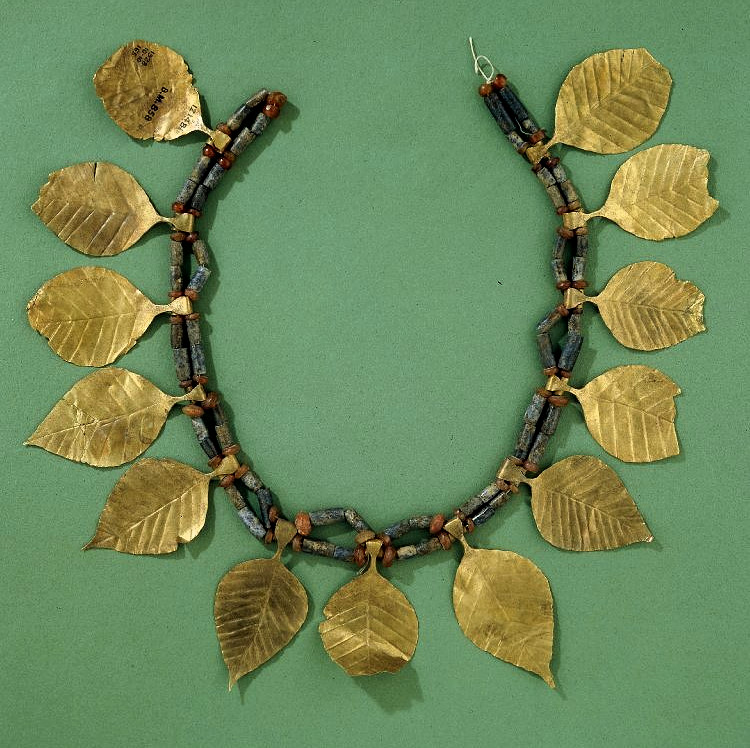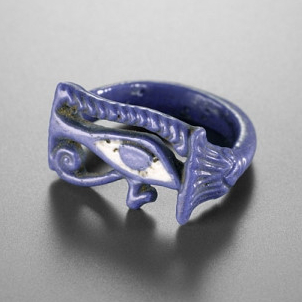1051
1052
1054
1057
1058
1059
1060
2.000-year-old Medusa mosaic, which adorns the orchestra section of the 3,600-seat Odeon in the ancient city of Kibyra in the province of Burdur, Turkey. Photographer & Courtesy of: Cihancan Sezgin - @Cihancansezgin
1061
1062
1063
1064
1065
1067
1068
1069
1070
1071
1072
1075
























